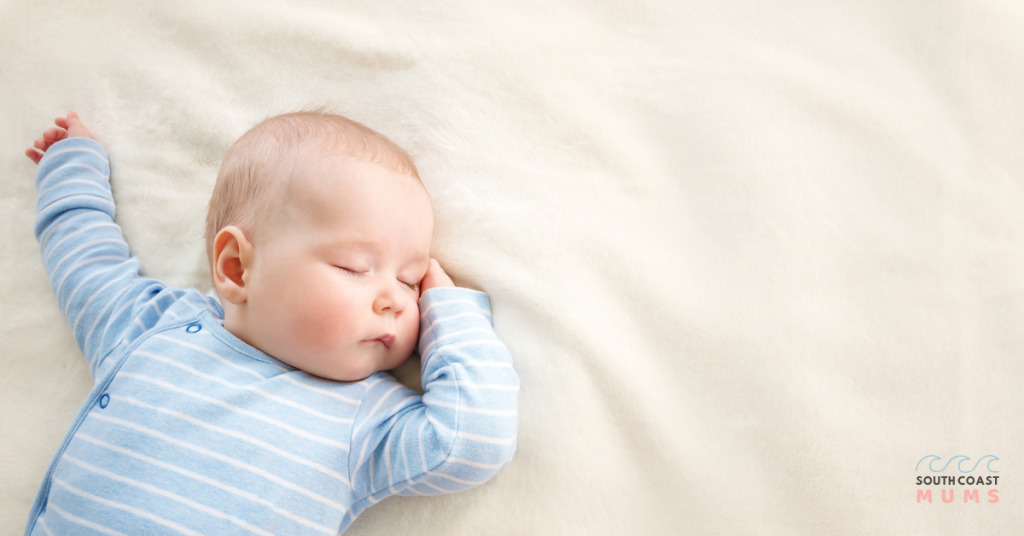
Creating A Serene and Safe Sleep Place For Your Baby

As you prepare for your little one’s arrival, it’s essential to create a serene and safe sleep environment in their nursery. Here are some helpful tips to ensure your baby gets the best possible sleep:
- Start with the basics: a comfortable crib or bassinet with a firm mattress and fitted sheet.
- Keep the room simple: avoid clutter and excessive decorations that may overstimulate your baby.
- Ensure you have block-out blinds on your windows: this will help to create a dark and calming environment that encourages restful sleep.
- Avoid any hanging mobiles over your baby’s cot: these can be distracting and may prevent your baby from settling.
- Soft and comfortable clothing: You will want to avoid heavier fabrics such as fleece or polyester. The best and most natural option is organic baby clothing.
- Use white noise: this can help to soothe your baby and mask any external noises that may disturb their sleep.
- Swaddle up: swaddling can help your baby feel secure and prevent them from startling themselves awake. Check out these organic baby wraps from Aster & Oak.
- Keep the room temperature as even as possible: aim for a temperature between 68-72°F (20-22°C) to ensure your baby is comfortable and not too hot or cold.
By following these tips, you can create a peaceful and nurturing sleep environment for your little one, setting the foundation for healthy sleep habits in the future.
Once you’ve established the essential elements of your baby’s sleep environment, you can begin to personalize the space to your liking. However, it’s crucial to maintain the primary purpose of the room in mind – to provide your newborn with a peaceful and comfortable place to rest and unwind.
When selecting items to include in your nursery, consider their potential impact on your baby’s sleep. While it’s important to create a space that meets your needs as a parent, it’s equally crucial to ensure that the room is conducive to your baby’s sleep habits.
For example, you may want to add decorative elements or furniture that complements the room’s aesthetic. However, it’s essential to ensure that these items don’t compromise your baby’s sleep environment. Keep in mind that excessive clutter or visual stimulation can be overstimulating for your baby, making it harder for them to settle and sleep.
Ultimately, your nursery should strike a balance between functionality and aesthetic appeal. By keeping your baby’s needs at the forefront of your decision-making process, you can create a beautiful and nurturing space that promotes healthy sleep habits and relaxation.
It’s important to note that hanging mobiles and toys in your baby’s cot can be overstimulating and may prevent them from falling asleep. For this reason, we highly recommend avoiding any toys in the cot until your baby reaches 4 months of age.
At four months, you can consider introducing a comforter to your baby’s sleep environment. A comforter and soft organic cot sheets can provide a sense of security and comfort, helping your baby to settle and become an independent sleeper.
As always, it’s crucial to prioritize your baby’s safety when making decisions about their sleep environment. By following these guidelines and taking a thoughtful approach to their sleep space, you can help ensure that your baby gets the restful and restorative sleep they need to thrive.